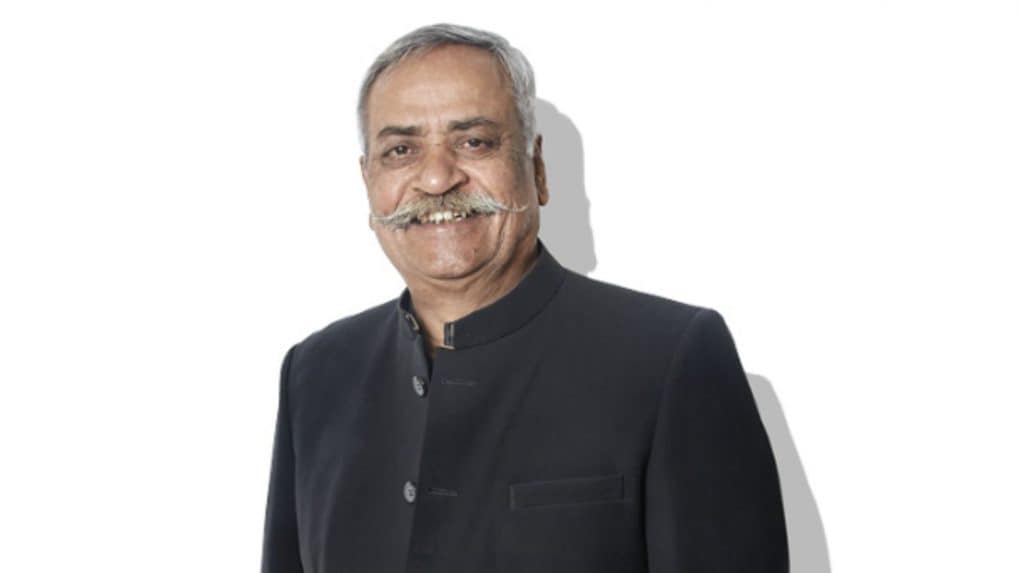Digital
Why OpenAI is hiring 100 ex-bankers: Inside the ChatGPT-maker's secret project to automate Wall Street's grunt work

Piyush Pandey, the legendary creative maestro of Indian advertising, may have left us, but his stories, campaigns, and the magic he wove into India’s collective imagination continue to live on. Known for his deep understanding of the Indian ethos, Pandey transformed not just advertising but the very way brands connected with people. Among his countless achievements, some of his campaigns were sweet in more ways than one, leaving behind smiles that transcended advertisements and became a part of everyday life.
One of the earliest and most iconic campaigns that showcased Piyush Pandey’s genius was the Cadbury Dairy Milk “Kuch Meetha Ho Jaaye” campaign. While it might seem like a simple tagline today, it was revolutionary in how it captured the emotional essence of celebrations, togetherness, and joy.
Pandey had a unique knack for understanding the Indian heart — he could see what made people tick, laugh, or pause. In the Cadbury campaign, he didn’t just sell chocolate; he sold moments, memories, and emotions. It became a ritual, a phrase whispered at birthday parties, weddings, and even casual gatherings. Behind that simple tagline were hours of observation, countless iterations, and an unparalleled empathy for everyday life — a hallmark of Piyush Pandey’s style.
But Cadbury was just the beginning. Pandey’s portfolio reads like a treasure trove of Indian advertising milestones. He understood that for a campaign to truly resonate, it had to feel familiar, yet aspirational. Take, for instance, the Fevicol ads — a brand that today stands synonymous with Pandey’s genius. Who could forget the elephants stuck together or the furniture that held fast against impossible odds? These campaigns were not just humorous; they were storytelling at its purest. Pandey’s creativity didn’t rely on flashy visuals or complex metaphors; it thrived on simplicity, relatability, and an innate sense of rhythm in language and visuals.
Piyush Pandey also had an extraordinary gift for celebrating India’s diversity. Whether it was crafting campaigns in regional languages or weaving local cultural nuances into national campaigns, he made every viewer feel seen and heard. This was particularly evident in his work for brands like ICICI Bank, Asian Paints, and Vodafone, where his campaigns reflected the everyday life of millions across urban and rural India. Pandey believed that advertising should not only sell a product but also tell a story that people carry in their hearts. His ads didn’t just stop at the television screen; they became part of Indian culture.
What truly set Piyush apart, however, was the warmth and humanity behind his genius. Colleagues remember him as a mentor who encouraged young creatives, a leader who valued people over processes, and a visionary who knew that the soul of advertising lay in honesty and authenticity. Behind every Cadbury Girl, every Fevicol elephant, every nationwide smile, was Pandey’s relentless pursuit of excellence coupled with a deep respect for human emotions.
Even as the industry evolves, with digital media and short-form content taking center stage, Pandey’s work remains a benchmark. His campaigns remind us that creativity does not need complexity; it needs clarity, empathy, and a touch of magic. The joy he brought to millions, whether through a bite of chocolate, a laugh at an ad, or a simple smile inspired by his storytelling, is his lasting legacy.
Piyush Pandey may have moved on, but the sweetness of his campaigns, the laughter he inspired, and the stories he told continue to resonate. From Cadbury Girl to nationwide smiles, every campaign he crafted was more than an advertisement; it was a celebration of India, its people, and their emotions. In remembering Piyush Pandey, we remember not just a creative genius but a man who made India smile — one campaign at a time.
In a wide-ranging interview with Storyboard18, Sorrell delivers his frankest assessment yet of how the deal will redefine creativity, media, and talent across markets.